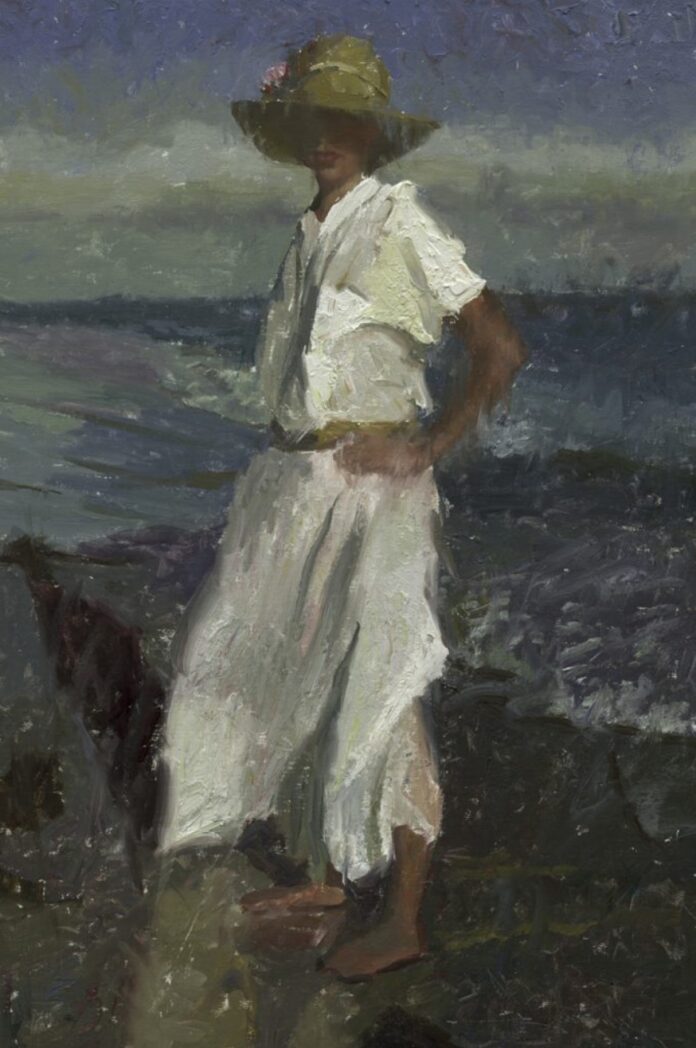An interview with artist C.W. Mundy; The following is part of a series featuring a leader in the art community who will be joining us on the faculty of Realism Live, November 9-11, 2023.
by Laura Vailati
Art enthusiast and Editor at Miami Niche
C.W. Mundy is an internationally renowned painter who received the Lifetime Achievement Award at the 10th Annual Plein Air Convention and Expo this past May, enshrining his dedication to the pursuit of beauty and excellence in painting. He is known in the milieu as “the American Impressionist.”
That said, it’s worth noting the different techniques with which he approaches the variety of subjects represented, which vary from plein air landscapes to still life and portraiture.
An artist with an authentic and eclectic personality and a great connoisseur of art history, C.W. lives with his wife Rebecca in Indianapolis.
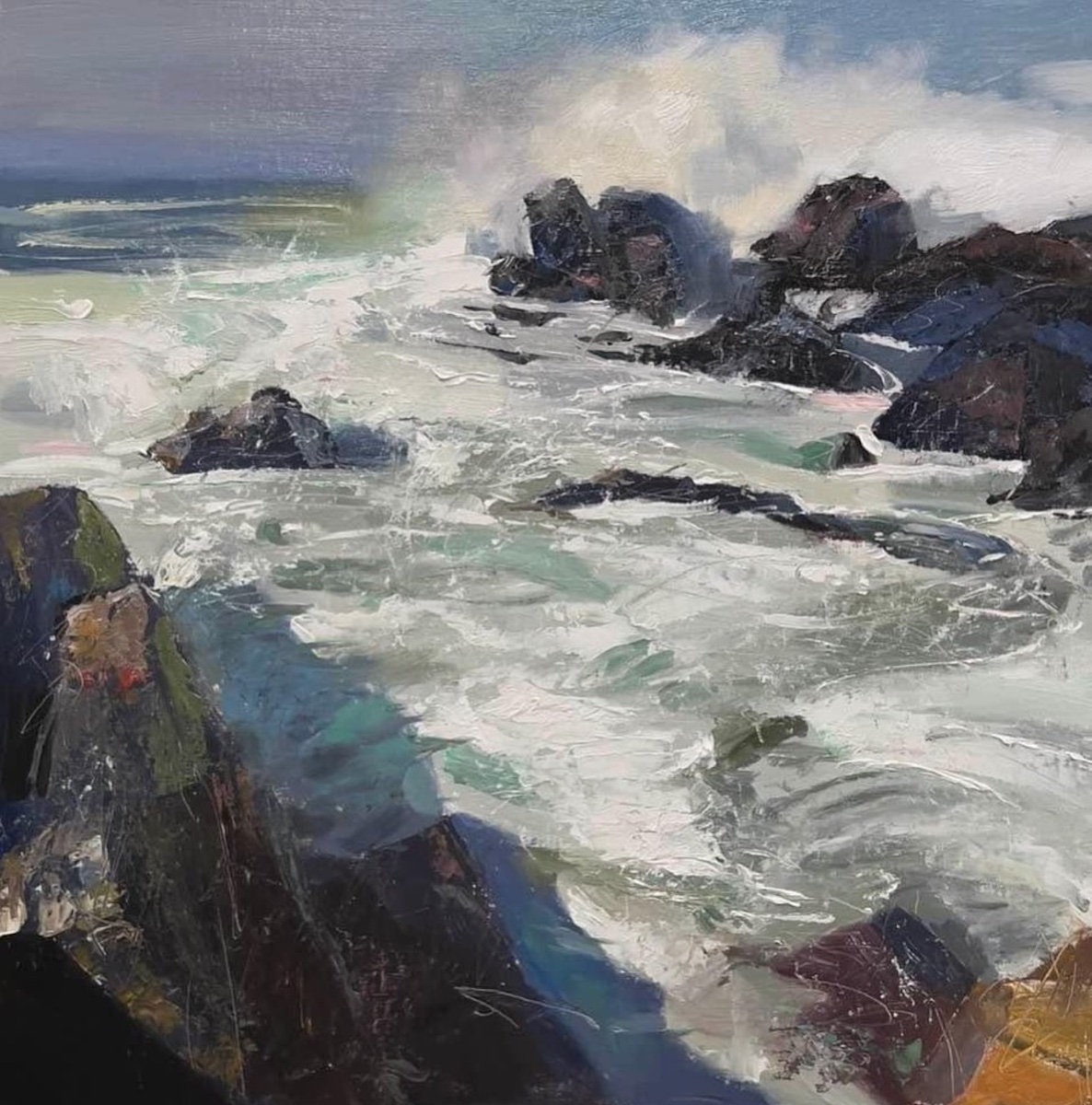
In addition to his artistic career, he boasts a background as a jazz, country, blues, bluegrass, and swing musician, which began in his school days and continued with the founding of the “Tarzan Swing Band,” with which he almost signed a contract with the MCA music label.
He set aside his musical career, however, in favor of an artistic one. To date, his works can be found in numerous museums and private collections. He is a Master Signature Member of the Oil Painters of America and has Master Status with the American Impressionist Society.
During his art educational years, he pursued a Bachelor of Fine Arts degree at Ball State University (Indiana) and a Master of Fine Arts degree at Long Beach State University (Long Beach, California). His academic studies were complemented by private studies with several renowned artists, including Sherrie McGraw, Carolyn Anderson, Scott Christensen, Dan Gerhartz, and Donald Putman.
During college, to which he gained access on a scholarship as a basketball player, he made portraits of dogs to supplement his income. When he finished his studies, he worked for 24 years as a hyperrealist illustrator in the genre of Norman Rockwell, for sports magazines, making portraits of legendary American athletes such as Michael Jordan and Kareem Abdul-Jabbar, among others.
The National Art Museum of Sports in Indianapolis has 38 of his original illustrative works.
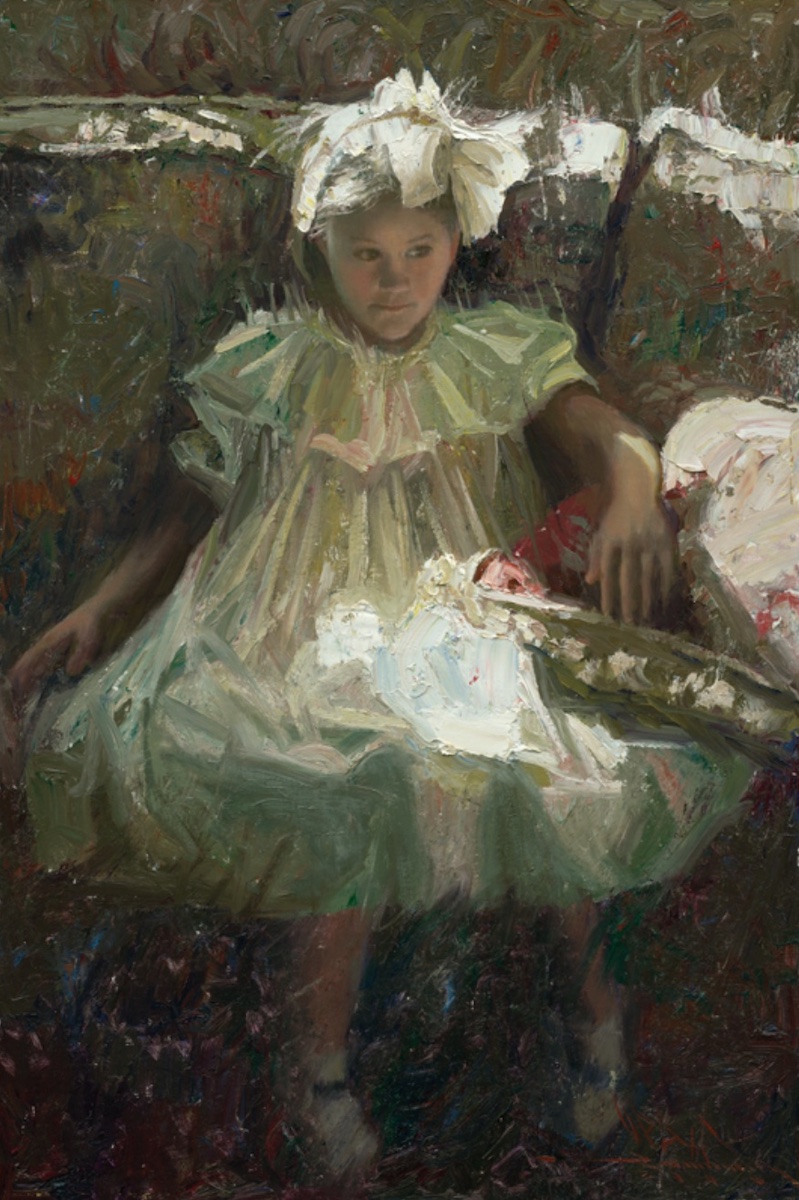
A traveler in search of places to paint and a connoisseur not only of the Old Masters, but of all art history in general, C.W. does not limit himself to pure observation of paintings or events but is one of those artists whose knowledge needs to go deep, to understand, experiment and try until he finds the essence of things or an understanding of the processes by which the great artists of the past approached the making of their mammoth works.
“The history of art and its behind-the-scenes has always had a great influence on the way I think and paint,” said C.W., whose favorites include Zorn, Manet, Degas, Rembrandt, Michelangelo, and Sorolla, whose use of lighting he remembers most.
C.W. stresses the key importance of mileage – intended as the consistent amount of drawing you do in relation to the details – and values in painting, identifying them as the necessary ingredients for becoming a successful artist.
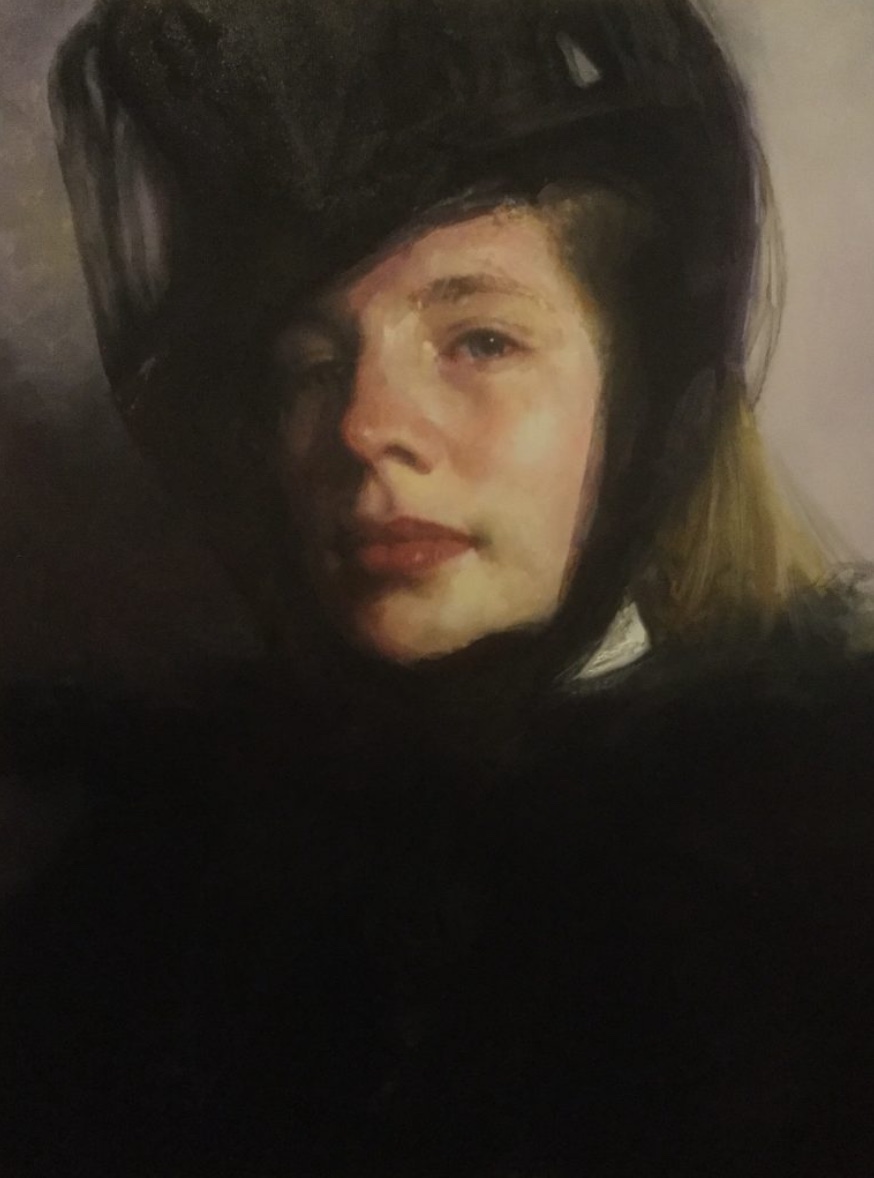
It was his wife Rebecca’s love for the Impressionist style, however, that spurred him to reread the entire history of art from an Impressionist perspective, adopting the same language in his painting. C.W. thus created a wholly unique form of pictorial language that complemented the hyperrealism of early sports illustrations, still life, and landscapes with a wholly unique way of painting that stems from a connection between realism and impressionism.
Referring to a quote made by a close friend of his, C.W. defines realism as anything made with the movement of the elbow, rather than just the fingers, as Sargent painted, for example. It is therefore possible to discern realism in C.W.’s art by keeping a certain distance from the work. If you get closer you can pick up the artist’s individual, logical, precise brushstrokes.
“When people look at a still life work of mine and congratulate themselves by finding it identical to the photographic image, they don’t compliment me because I interpret the images,” the artist confessed.
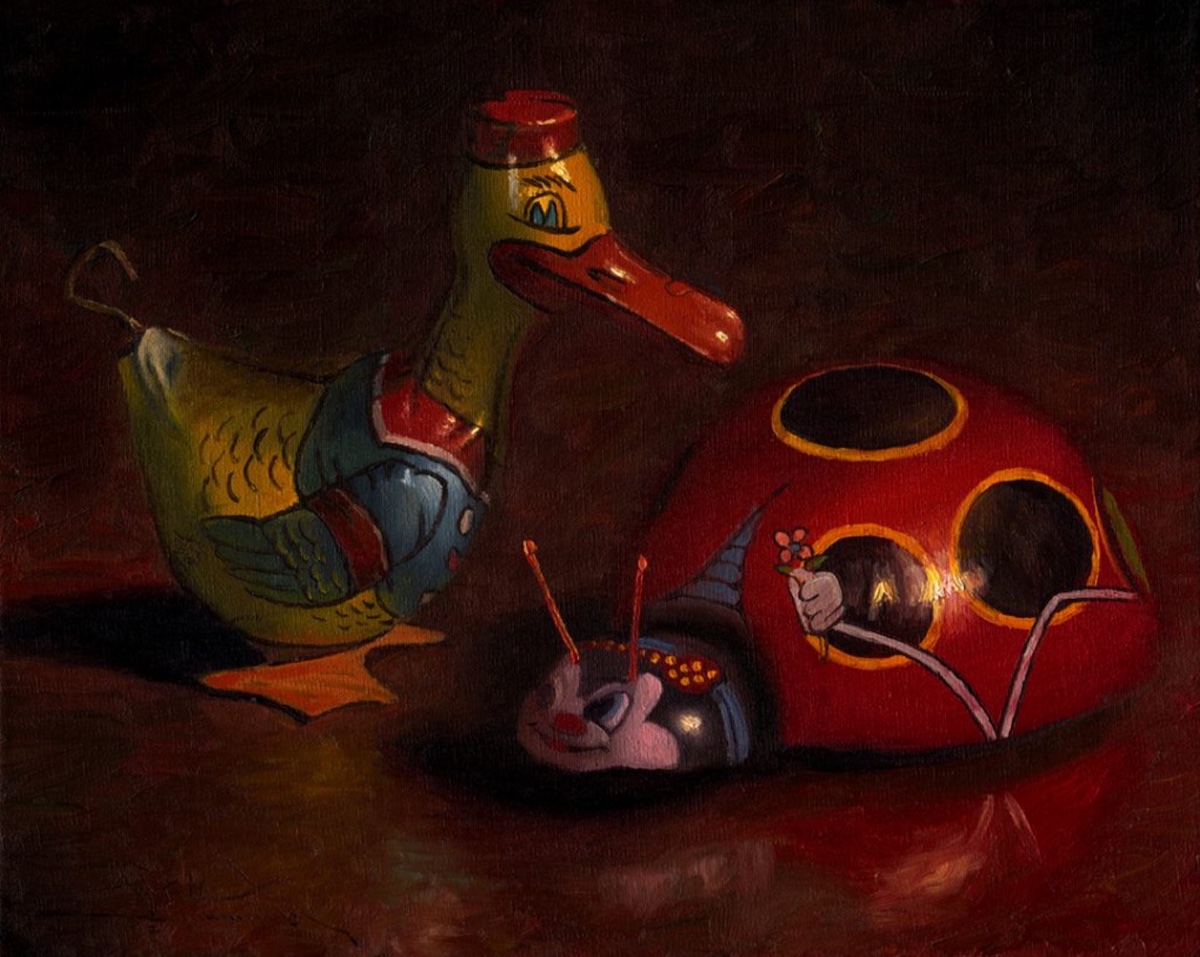
A firm believer that the Old Masters themselves would have used the devices we have today to simplify time and compositional studies, C.W. makes his compositions with the help of Photoshop. If for landscapes he paints strictly en plein air, for still lifes he helps himself instead with photography, well aware of the limitations due to the optical distortions the latter entails.
His approach to painting is alternative not only because, according to the artist, control of proportions must be done by intuition, but also because of his upside-down approach to painting. “By turning the palette upside down we prevent the analytical part of the brain from interfering with our perception of the world, allowing us to approach drawing by geometric shapes, forms, and values, freeing the mind from preconceptions,” he says.
The same discourse applies to his use of negative spaces, which in this way acquire logical meaning. To approach the final composition, the artist makes a grid composed of nine rectangles on which he works individually from the large tonal shapes, squinting to eliminate the superfluous.
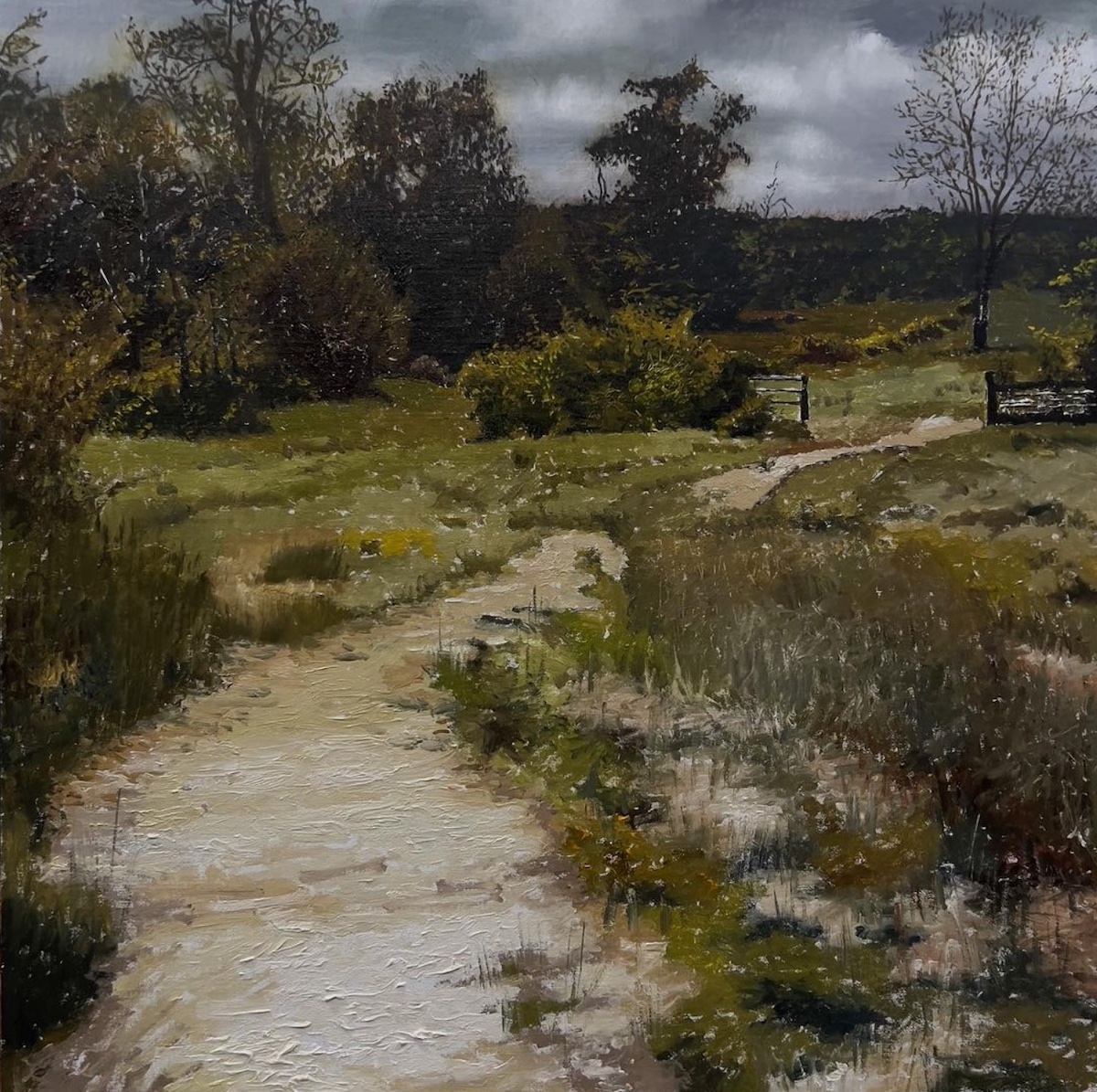
C.W. Mundy will be among the faculty members of the 4th edition of Realism Live, the largest online convention entirely dedicated to Realism, for which he will demonstrate a plein air painting.
Among the most valuable pieces of advice he offers is the art-passion-desire association: “If you don’t have the passion and desire to paint, don’t do it, because both passion and desire are the basis of the creative process and as such are gifts from God that should be embraced and cultivated.”

